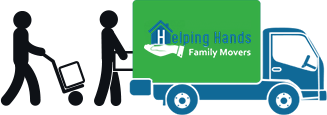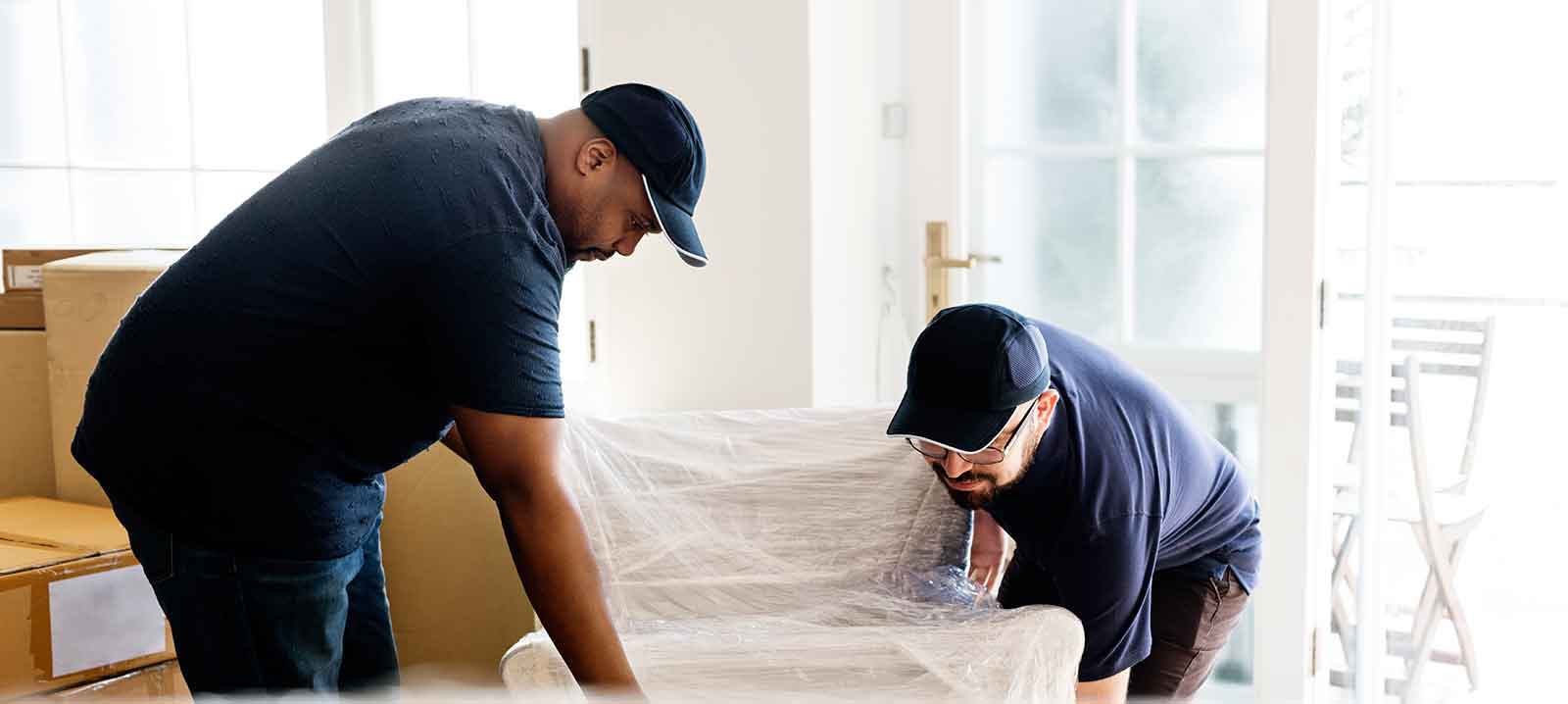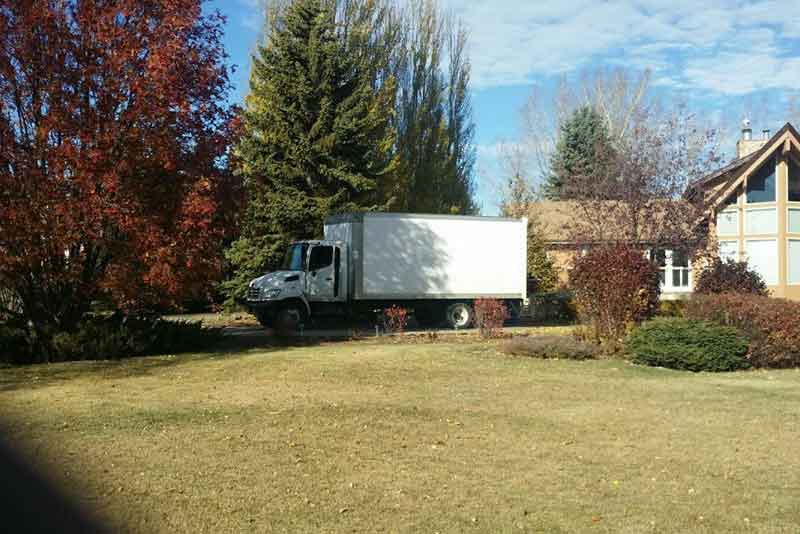Why Labeling Is the Key to Moving Smarter
Labeling boxes correctly saves hours during unpacking. That is to say, a well-labeled box can mean the difference between setting up your kitchen in an hour or wasting your evening opening random containers. We’ve helped clients move in and out of homes for years, and the ones who take the time to label properly always finish faster and with less stress.
To clarify, effective labeling isn’t just about scribbling “bathroom” on the side. It’s a full process that, when done right, makes unpacking logical and efficient. Our team often starts by walking clients through best practices so each box is not only categorized, but prioritized.
Start With Specific Room Labels and Contents
Every label should begin with the room name, but don’t stop there. For example, writing “Bedroom” won’t help much in a home with three bedrooms. Therefore, make it “Primary Bedroom – Clothing” or “Emma’s Room – Books.” This not only helps us place the box correctly, but it tells you exactly what’s inside when you’re looking for something specific.
Likewise, apply labels on at least two sides of each box, ideally the top and a short side. In other words, if boxes get stacked or turned during the move, your label will still be visible. These simple details remove friction when it’s time to start unpacking after the final box arrives.
Prioritize Boxes With a Numbering System
Not every box should be opened right away. Therefore, we recommend adding a numbering or ranking system. For instance, a box marked “Kitchen – Coffee Supplies – #1” signals high priority, while “Guest Bedroom – Bedding – #5” can wait. This helps us unload and place things in order of importance, and helps you focus on essentials first.
Similarly, match those numbers to a printed list or spreadsheet. That way, when you’re searching for your alarm clock or kettle, you won’t need to open every box labeled “Bedroom.” A master list gives structure to the chaos of moving day and keeps everything trackable without delay.
Use the Right Materials for the Job
Writing directly on cardboard with a dark permanent marker works best. However, not all boxes hold ink well, and handwriting can sometimes smudge. Consequently, investing in dedicated labeling tools is a smart move. That includes stickers, colored markers, and printed labels—all designed to stay readable from start to finish.
You’ll find a range of moving boxes and labeling supplies designed for this very task through our selection of moving boxes and packing materials. These products help keep your boxes structured and marked, so everything lands exactly where it belongs once it arrives.
Color Coding Speeds Up Unpacking
In large households or multi-room properties, color-coding boxes by room creates instant clarity. For example, using red labels or tape for kitchen boxes, blue for bathrooms, and green for living areas helps guide the flow of unloading without relying on detailed reading. Likewise, matching room signs at your new home makes the process even smoother.
This approach is especially helpful when coordinating with multiple helpers or movers. That is to say, color becomes a universal signal for everyone involved. Above all, this method improves speed without sacrificing accuracy—two critical elements when unpacking is happening in real time.
Label While You Pack—Not After
One common mistake we see is leaving labeling until everything is packed. However, doing it box-by-box prevents mix-ups and helps you stay organized throughout the process. After sealing each box, immediately label it using a consistent format: Room + Contents + Priority Level.
To clarify, this could look like “Office – Monitor & Cables – #2.” By the time your moving truck is full, you’ll already know where everything goes. And if something goes into storage first, you’ll also have a record of what’s there—no guesswork needed.
Note Fragility and Special Handling
Some boxes need extra attention. Therefore, use large, clear writing to indicate if something is fragile. For example, “Fragile – Wine Glasses” or “Handle With Care – Electronics.” Additionally, mark orientation like “This Side Up” to avoid accidents during loading.
In some cases, it’s also helpful to highlight boxes that should be opened first. We suggest labeling them with notes like “Open First – Daily Essentials” to prevent digging through 20 boxes for your toothbrush or coffee mug. These steps save time and frustration during the first night in your new home.
Group by Use, Not Just Room
While most people sort boxes by room, organizing by usage can be even more efficient. For instance, all your daily breakfast items can go in one “Kitchen – Morning Routine – #1” box. Likewise, your child’s school essentials—laptop, supplies, books—could be packed together for fast access.
Grouping items by function helps you prioritize based on real life, not just architecture. So, even if boxes get shuffled during the move, your essentials remain together and easy to find.
Create a Digital Inventory if Needed
Larger or more complex moves may benefit from a digital inventory. That is to say, using a spreadsheet or mobile app to list each box, its number, and contents can eliminate confusion. It’s especially useful when dealing with offsite storage, cross-country moves, or shared household items.
You can also go further and assign QR codes to boxes, linking to a cloud document that lists what’s inside. While not necessary for every home, these tools bring a layer of order to even the most complex relocations and help ensure no box is forgotten or misplaced.
Prepare Boxes for Short-Term or Long-Term Storage
If some items won’t be unpacked right away, make that clear in your labeling system. Use wording like “Storage – Winter Gear – Garage” to distinguish it from immediate-use items. Consequently, this helps movers place boxes correctly the first time.
Additionally, if boxes will go into storage after the move, it’s wise to protect labels from damage. Use waterproof markers or cover your labels with clear tape to keep writing legible. This small step can make a big difference weeks or months later when you revisit your stored items.
Our moving services in Edmonton frequently include temporary storage solutions, and we’ve seen how organized labeling makes retrieving stored items easier when the time comes.
Keep Communication Open With Your Movers
Even a perfect labeling system needs to be explained. Therefore, once you’ve finalized your system—whether it includes numbers, colors, or notes—share it with everyone helping on moving day. That includes family members, friends, and professional movers. In other words, don’t assume they’ll automatically know what “#1 – Office – Setup” means unless you’ve walked them through it.
Good communication paired with strong labeling leads to fast, focused unpacking. Most importantly, you’ll be able to prioritize the boxes you need immediately and deal with the rest on your timeline—without digging or re-shuffling.
When you’re ready to get things moving, feel free to get in touch with our moving professionals to coordinate a plan that fits your needs. Helping Hands Family Movers is here to keep your move simple, efficient, and fully organized.
FAQs
How do I know which labeling system is best for my move?
The best system is one that matches your home’s layout and your unpacking priorities. Numbering, color coding, and detailed content descriptions are usually a great place to start.
Do I need to label boxes on all sides?
Labeling on at least two sides—preferably the top and a short side—helps ensure visibility no matter how the box is placed.
What should I pack in the “Open First” box?
Include daily essentials like toiletries, chargers, important documents, snacks, and medication. Anything you’ll need within the first 24 hours should go in this box.
Can I reuse old boxes with new labels?
Yes, but cover any old markings completely. Conflicting labels can lead to items being placed in the wrong room or forgotten altogether.
Should I use apps or go old-school with paper lists?
Either works, depending on your preference. Apps are useful for large moves or if multiple people need to access the list. Paper lists are often faster and simpler for small households.






